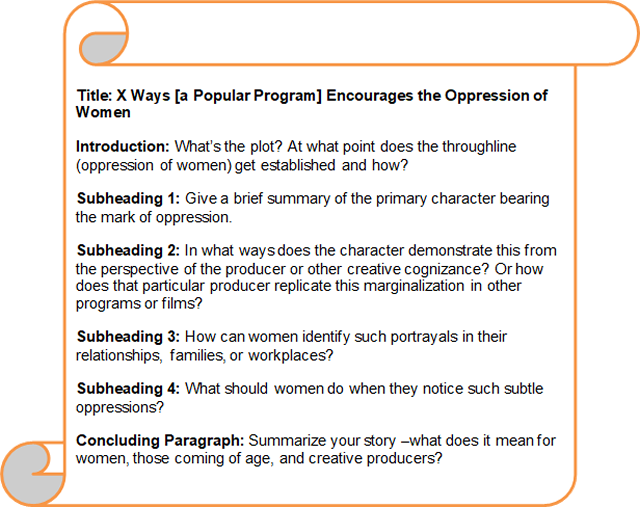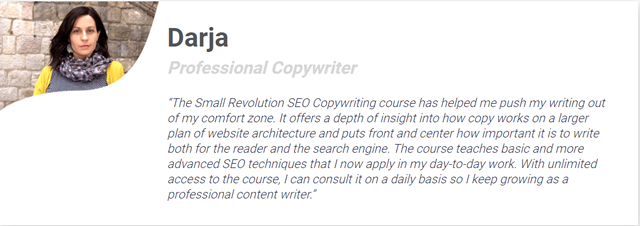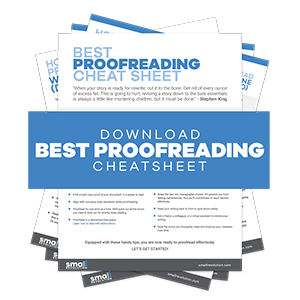Do you want to write about anything and cash in big-time? At the same time, are you afraid you don’t have what it takes to have a high-paying writing career?
As experts in online writing, we understand your needs and concerns. We also know that it’s possible to write whatever you want and get paid handsomely for it.
We’re here to help you achieve these goals.
With our guidance, you can write compelling content that sells.
You don’t need a college degree in writing or even have to spend a dollar. All you need is an open mind and commitment to these three writing tricks.
Invest in Swipe Files
Have you ever read a post and wished you could write like its author?
If you have, then it’s time to start stealing ideas through a strategy called swipe files. A swipe file is a digital or physical collection of curated ideas and concepts.
It’s a legitimate and fool-proof method that has worked in various settings. For example:
- In Relentless, Tim S. Grover and Shari Wenk talk about how Kobe Bryant spent hours watching tapes of his competitors to learn their moves. Instead of copying blindly, Kobe created counter moves that made the competition irrelevant.
- In Stealing Like an Artist, Austin Kleon shows how aspiring comedians find their comic personalities. They imitate others, fail at imitation, and find their style from these failures.
As you can see, swipe files aren’t about exploiting others. It’s about honing your craft, as indicated in the table below.
| Productive Swipe Files | Unproductive Swipe Files |
| Study the competition to analyze their content and style and create a strategic counterattack | Skim through without any interest in understanding what works and why |
| Transform borrowed ideas to inspiring, engaging, or educating content | Copy blindly, leading to plagiarism or content with no real value to the reader |
| Credit the original source for credibility | Plagiarism ruins the author’s credibility |
| Use analysis, synthesis, and understanding to enhance perspective, make connections, and create something different and better | Lazy effort leads to lazy content that doesn’t sell |
Use Well-Developed Outlines
An outline is like a rubric you would have used back in school. It highlights the criteria of your target content idea, such as the heading, introduction, body paragraphs, and conclusion, and what will be covered in these sections.
Without an outline, you’ll most likely follow your stream of consciousness while writing. You’ll end up creating shallow content with no real value to the reader and waste time as a result.
With an outline, however, you don’t have to worry about going off-topic or writing too much. You don’t have to worry about what you should include and what you shouldn’t because you have a detailed plan to guide your writing process.
For example, let’s say you’re interested in writing about how pop culture magnifies the oppression of women. Your initial working outline could look like this:

Notice how the title identifies a specific issue and clarifies what each subheading will cover.
Of course, you’ll need to have done extensive reading in this area to pull off such an article. But with a well-developed outline, your research and writing become more deliberate, progressive, and straightforward.
In essence, an outline breaks your content into chunks that are easy to research, understand, and write about. The more you understand what you want to write about, the higher your chances are of doing so with precision, clarity, and depth.
Practice Self-Editing
If you want to write about anything and get paid for it, you must learn about self-editing in order to create high-quality and engaging content. This isn’t an easy task.
When you’re writing, you invest a lot of yourself into your message. As such, it can be easy to feel attached to and protective of your original creation.
However, many first drafts are not great. Without editing to enhance clarity and correct mistakes, your writing might be of little to no value to the reader.
Then, once you finally start editing, unhealthy perfectionism can sneak up on you. You become so obsessed with revising to perfection that you delay publishing and progress.
If it’s so hopeless, why bother?
Learning to self-edit is not hopeless. It’s attainable through deliberate and progressive practice—the more you write, edit, and publish, the better you’ll be at polishing your work, writing more persuasively, and trusting your gut.
So how do you get started with learning to self-edit? You have many free resources on editing at your disposal. For example:
- You can use Grammarly and Hemingway Editor to create easy-to-read content. The table below summarizes how these two work.
| Tool | It Identifies: |
| Grammarly |
|
| Hemingway |
|
- You can hone your craft via YouTube videos, like the one linked below.
- You can also use free resources from sites such as Enchanting Marketing.
Get Paid to Write About Anything
You now have everything you need to start writing for money.
But do you know where to exchange your content for cash?
There are many writing platforms looking for well-thought-out perspectives. However, as a newbie, you should consider the following:
- Medium has millions of content-hungry readers. They can pay pretty well, but this depends on how the audience interacts with your content.
- Hubpages also has an established audience and will pay you to write about anything.
- Vocal Media is similar to Medium, but pays a flat fee per 1000 reads. You can also get tipped by readers on this platform.
- Job boards. Find high-paying writing jobs that resonate with your skills and interests.
If you want to hone your writing skills further, enroll in Small Revolution’s Article Training course. You’ll learn how to create high-quality content as has been attested by one of our students below.

Our resources will provide you with a step-by-step process for creating professional content and a portfolio that you can use to attract high-paying clients.


